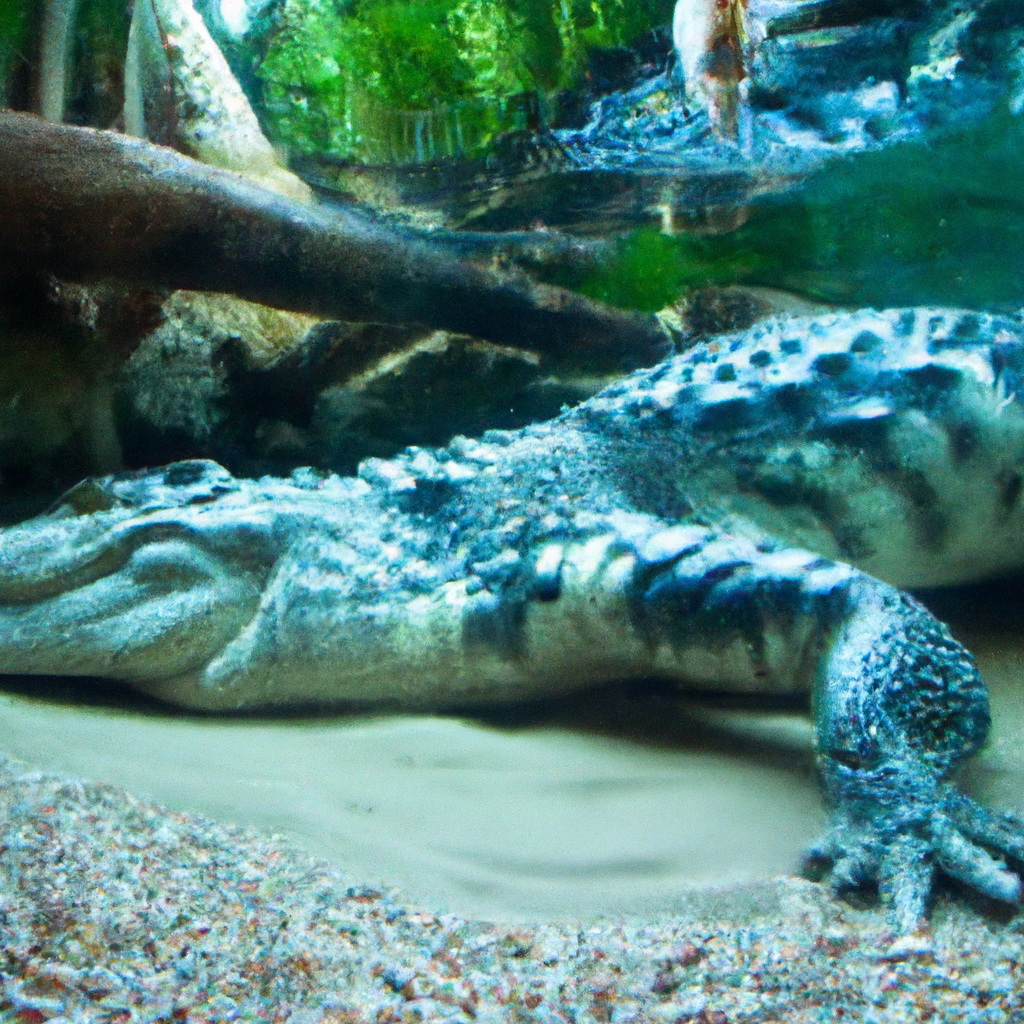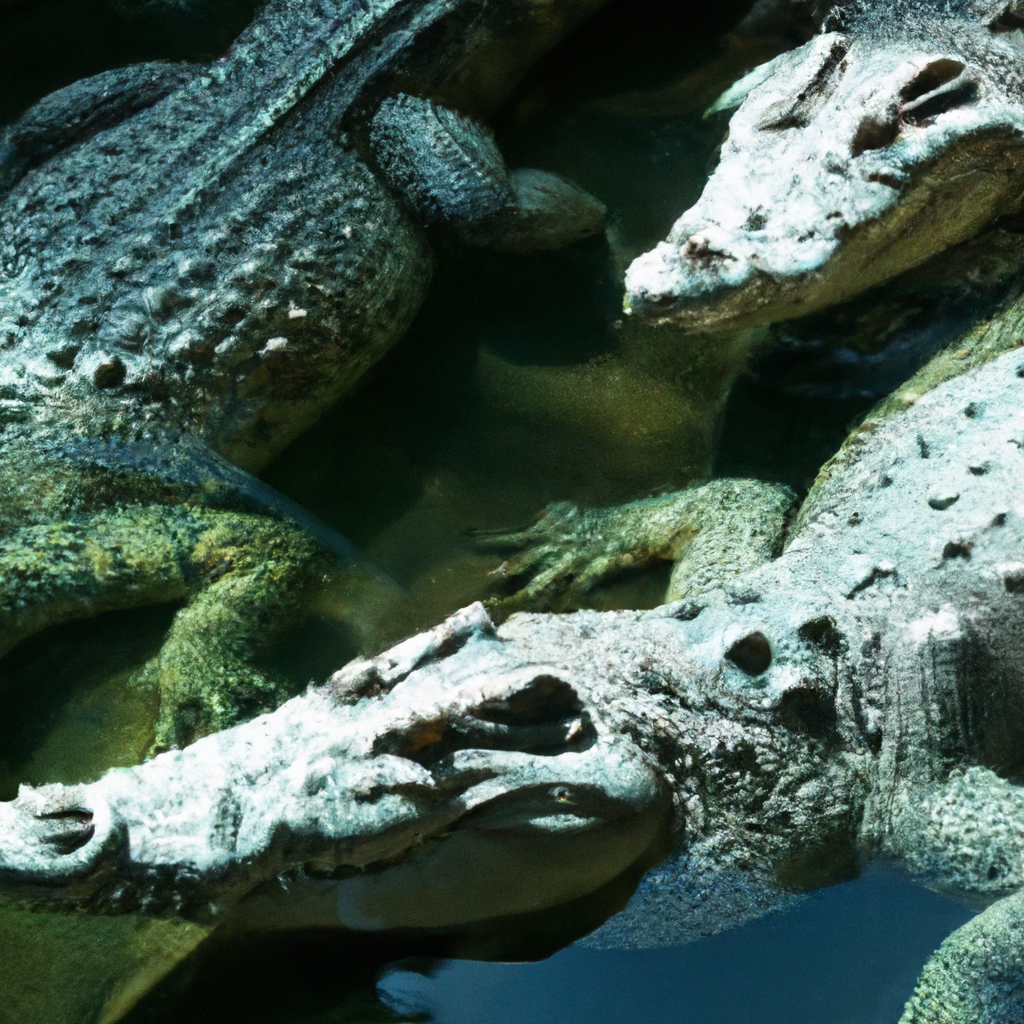Imagine yourself taking a thrilling journey to the land Down Under, where mesmerizing landscapes and unique wildlife await. Amidst the vast expanses of Australia, there exist formidable creatures that have captured the attention of adventurers and wildlife enthusiasts alike: the powerful and awe-inspiring crocodiles. In this article, we will explore the fascinating world of crocodiles in Australia, delving into their behavior, habitats, and the efforts being made to protect these magnificent predators. Get ready to embark on an unforgettable adventure that will leave you in awe of these ancient creatures that call Australia their home.
Cocodrilos en Australia
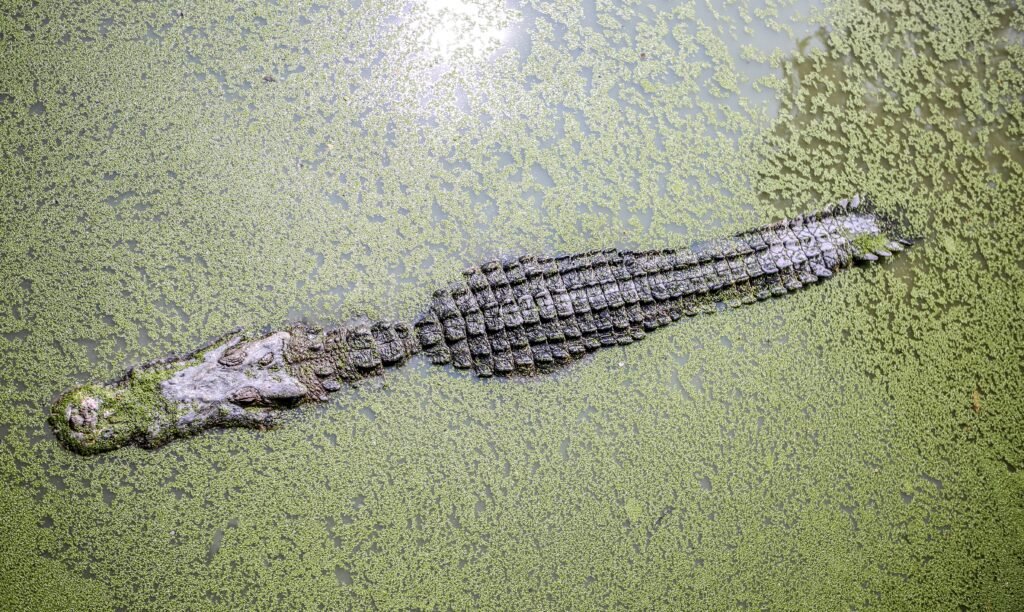
Overview of crocodiles in Australia
Crocodile, a fascinating reptile known for its prehistoric appearance and powerful presence, can be found in abundance in the diverse landscapes of Australia. Australia is home to two species of crocodiles: the saltwater crocodile (Crocodylus porosus) and the freshwater crocodile (Crocodylus johnstoni). These ancient creatures have a rich evolutionary background and play a crucial role in the ecosystem. In this article, we will explore the habitat, physical characteristics, feeding habits, reproduction and behavior of these remarkable reptiles. We will also delve into the conservation efforts and protective measures put in place to ensure their survival, as well as the unique interaction between crocodiles and humans in Australia.
Species of crocodiles in Australia
Australia is home to two distinct species of crocodiles: the saltwater crocodile and the freshwater crocodile. The saltwater crocodile, also known as “salties,” is the largest living reptile in the world, with males reaching lengths of up to 6 meters and weighing over a ton. On the other hand, freshwater crocodiles, or “freshies,” are smaller in size, with males averaging around 3 meters in length. Despite their size differences, both species are formidable predators and have adapted to thrive in different habitats throughout Australia.
Habitat and distribution
The coastal regions of Northern Australia serve as the primary habitat for crocodiles. Saltwater crocodiles inhabit estuaries, mangrove swamps, and coastal areas, while freshwater crocodiles are found in rivers, billabongs, and freshwater wetlands. Specific regions such as the Kakadu National Park and the Kimberly region are well-known for their significant crocodile populations. These reptiles were once widespread across the country, but their distribution is now limited due to human settlements and habitat destruction.
Physical characteristics of Australian crocodiles
Crocodiles, regardless of their species, have several physical features that make them unique and well-adapted to their surroundings. These ancient reptiles have elongated bodies covered in tough scales or scutes that act as a form of protective armor. The size and weight of Australian crocodiles vary based on the species, with saltwater crocodiles being significantly larger and heavier than freshwater crocodiles. Additionally, saltwater crocodiles have a more robust build and a broader snout compared to the relatively slender bodies and narrower snouts of freshwater crocodiles.
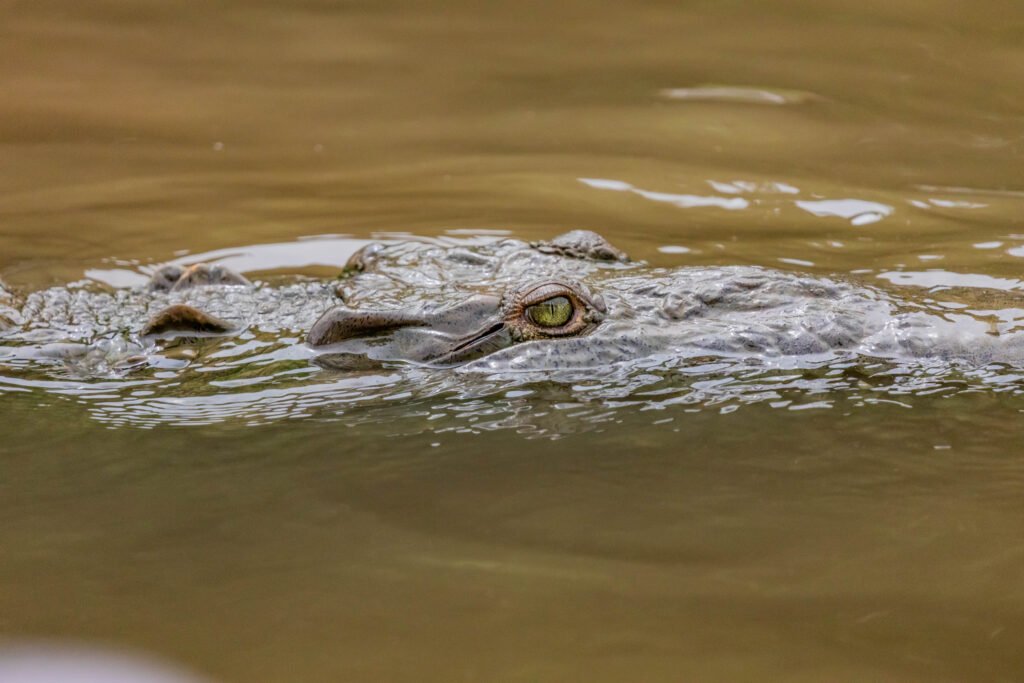
Feeding habits and diet
Crocodiles are apex predators and play a vital role in maintaining the balance of the ecosystem. Their feeding habits are fascinating and rely on their stealth and incredible power. Crocodiles are opportunistic feeders and have a diverse diet, preying on a variety of animals, including fish, birds, mammals, and even other reptiles. They are known for their ambush hunting techniques, relying on their exceptional camouflage and explosive bursts of speed to catch their unsuspecting prey. Crocodiles have a powerful bite that enables them to overpower even large and swift creatures.
Reproduction and lifecycle
The reproductive cycle of crocodiles is a marvel of nature. During the breeding season, males engage in courtship rituals to attract females, including displays of aggression and vocalizations. Female crocodiles construct nesting mounds, where they lay their eggs. These nests are carefully built to provide the optimal temperature for incubation. The gender of the hatchlings is determined by the temperature inside the nest. From the moment the eggs hatch, the survival of the young crocodiles is a challenge, as they face various threats, including predation and competition from other crocodiles. Only a small percentage of hatchlings reach adulthood due to these challenges.
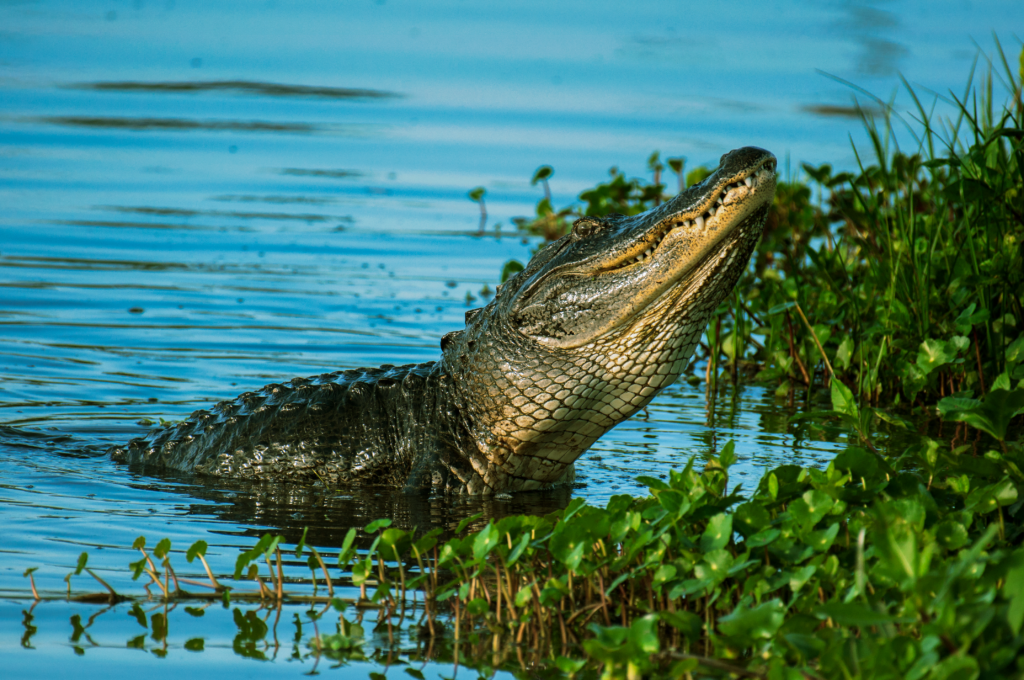
Behavior and social structure
Crocodiles are highly territorial creatures and exhibit complex behaviors and a well-defined social structure. Adult male crocodiles establish territories and engage in territorial displays to ward off other males. Communication among crocodiles is primarily through vocalizations, which can range from deep growls to loud bellows. Within populations, crocodiles establish a hierarchy with dominant individuals enjoying access to prime territories and resources. Crocodiles also exhibit remarkable migratory patterns and often move between various waterways depending on factors such as food availability and nesting sites. Additionally, like other reptiles, crocodiles engage in basking behavior to regulate their body temperature.
Conservation efforts and protective measures
Crocodiles in Australia have faced extensive hunting in the past, primarily for their valuable skins, which led to a significant decline in their population. Recognizing the importance of preserving these iconic reptiles, they are now protected under various conservation laws and regulations. Conservation programs and initiatives have been established to monitor and manage crocodile populations, ensuring their long-term survival. Hunting and poaching are strictly regulated, and educational campaigns are conducted to raise awareness about the importance of conservation and the need to mitigate human-wildlife conflicts.
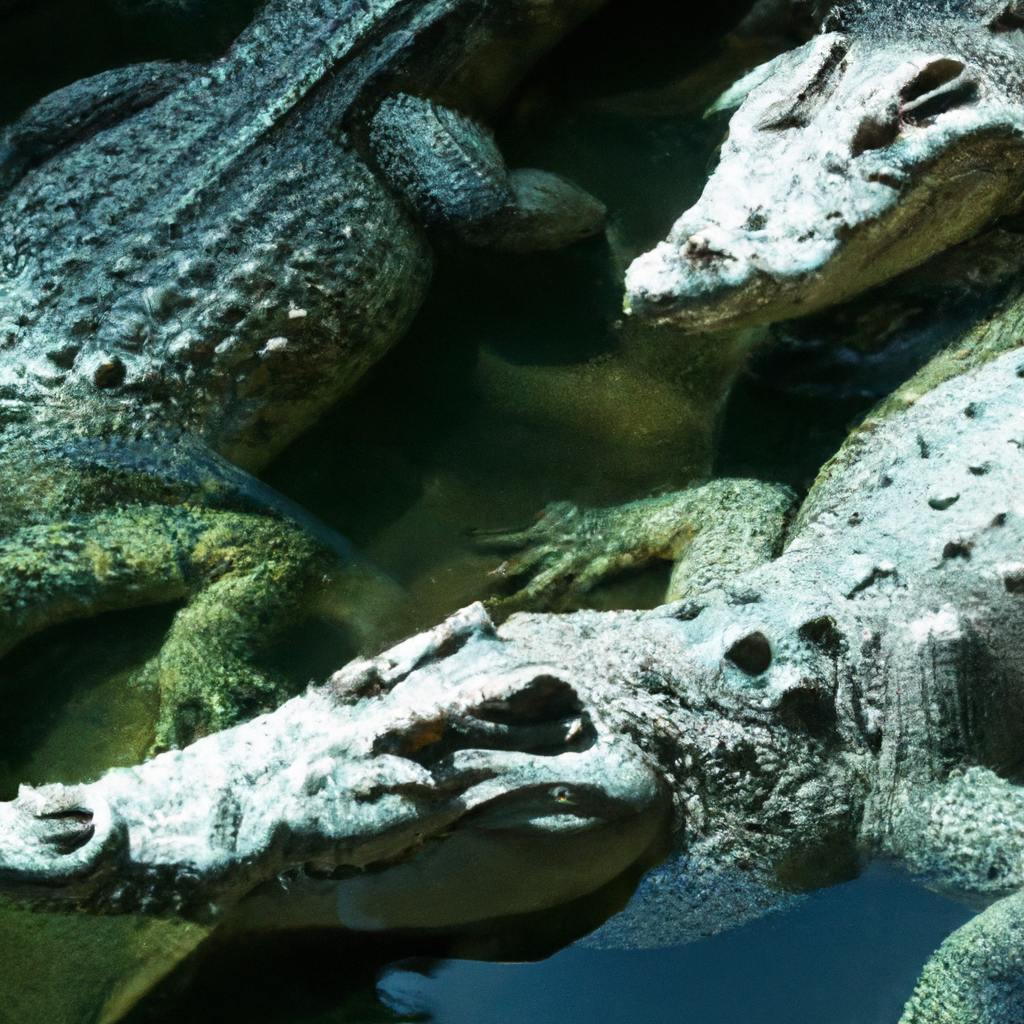
Interactions with humans
The presence of crocodiles in Australia has led to both admiration and concern among the human population. While crocodiles are an essential part of the ecosystem, interactions between crocodiles and humans can lead to conflicts. Due to their size and predatory nature, crocodiles pose significant risks to humans and their livestock. Measures like fencing and strict regulations for swimming and fishing in crocodile-infested areas are in place to mitigate these risks. However, instances of crocodile attacks do occur from time to time, emphasizing the need for caution and awareness.
Tourism and crocodile viewing in Australia
Crocodile tourism has become a significant attraction in Australia, allowing visitors to witness these magnificent creatures up-close while ensuring their safety. Several popular spots offer guided tours and boat cruises, providing opportunities for tourists to observe crocodiles in their natural habitats. These tours are carefully regulated to prioritize the well-being of both the crocodiles and the tourists. Guidelines and safety measures are in place to ensure minimal disturbance to the crocodiles and to educate visitors about the conservation efforts protecting these incredible reptiles. Balancing conservation and economic interests is crucial in sustaining crocodile tourism in Australia.
Australia’s crocodile population is an integral part of its unique wildlife assemblage. Through concerted conservation efforts and protective measures, these reptiles continue to thrive, captivating and inspiring people from around the world. While sharing the environment with crocodiles requires caution and respect, the opportunity to witness these ancient creatures in their natural habitat offers an unforgettable experience, highlighting the remarkable biodiversity of Australia’s landscapes. So, whether you choose to observe them from a safe distance during a guided tour or admire them from afar, the presence of crocodiles in Australia is a testament to the intricate ecological balance that endures in this beautiful country.
